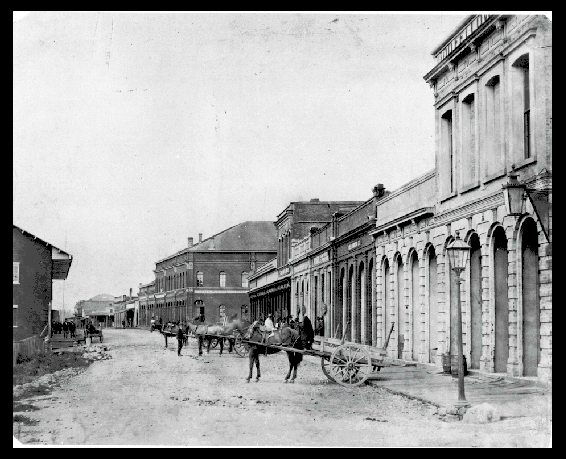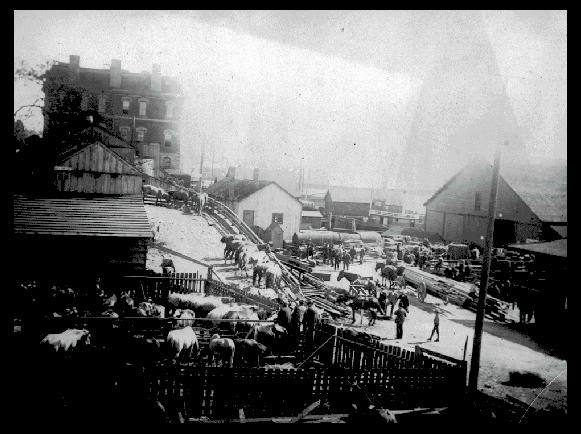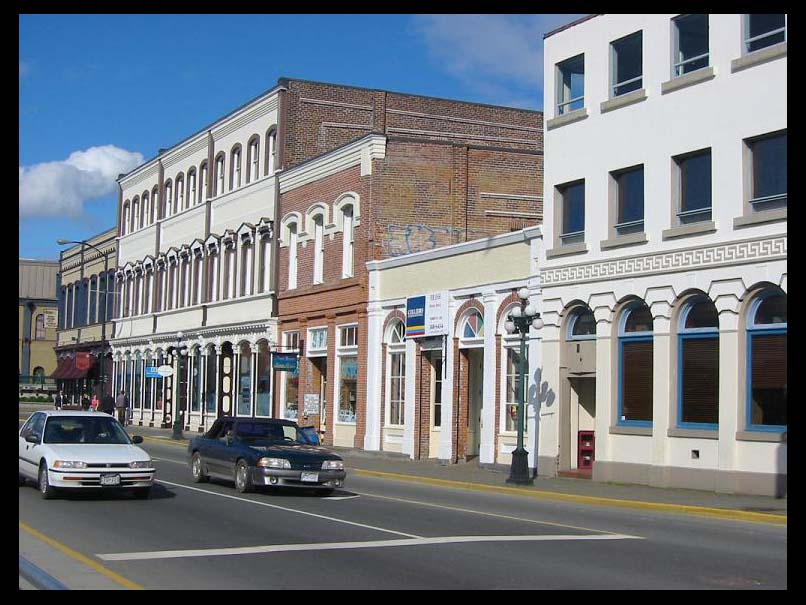Historical Background of Victoria
General Progress on Wharf Street
List of Wharf Street Businesses
Introduction to the Website
This website was created as a project for History 354B: British Columbia 1849-1885 at the University of Victoria. The website is designed to reconstruct a single city street in Victoria, British Columbia in 1881 through the use of various sources, including photographs, newspapers, maps, directories, primary accounts from the time, as well as secondary sources. The main question behind my research was what does Wharf Street inform us about Victoria and British Columbia in the 1880s?
To explore this question, I approached the project through the use of a microhistorical methodology. Microhistory can be described as the reduction of the scale of observation. The goal in reducing the scale of examination is to illuminate features unobserved at the macroscopic level. Microhistory asserts that history must be examined from a macroscopic, as well as a microscopic perspective to obtain a more complex understanding of historic events and contexts.1 Microhistory is situated between high-level analysis and very sweeping generalizations, and relies on the continual switching between an examination from close proximity and one from a greater distance. One of the advantages of this particular methodology is that it is effective in highlighting individual occurrences and lives, while enriching understanding of broader social contexts and changes. One of the main weaknesses of this approach is that it is often more of an experiment than an example, as the small-scale observation cannot always be transferred to the more general context. Often, microhistorians do not know whether the case under study is representative or not prior to undertaking the research.2
Despite the potential restrictions of microhistory, this website provides the chance to explore the nature of Wharf Street during the 1880s, as well as gain a glimpse into the lives of some of the prominent business owners of the time and the history of some of Victoria’s oldest buildings. Moreover, the research seeks to demonstrate how the commercial nature of the street, the architecture, as well as the presence and prominence of the Customs House speaks to the changing nature of the city in the period following the end of Hudson’s Bay Company domination and British Columbia’s union with Canada in 1871.
Wharf Street - 1860s
Wharf Street During the Klondike Goldrush - 1890s
Wharf Street- 2003


